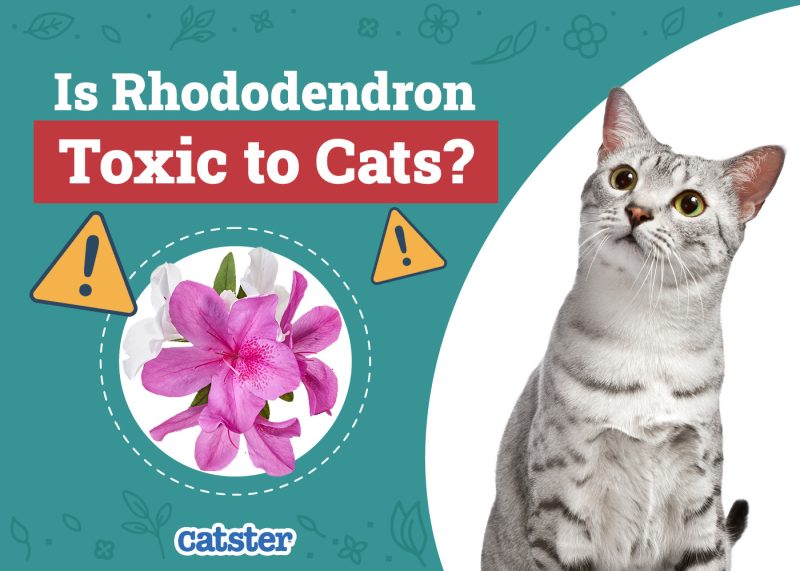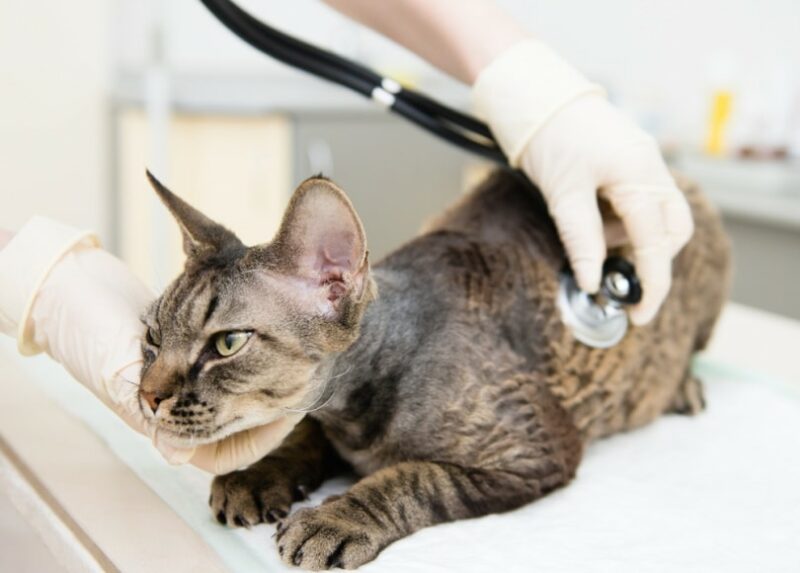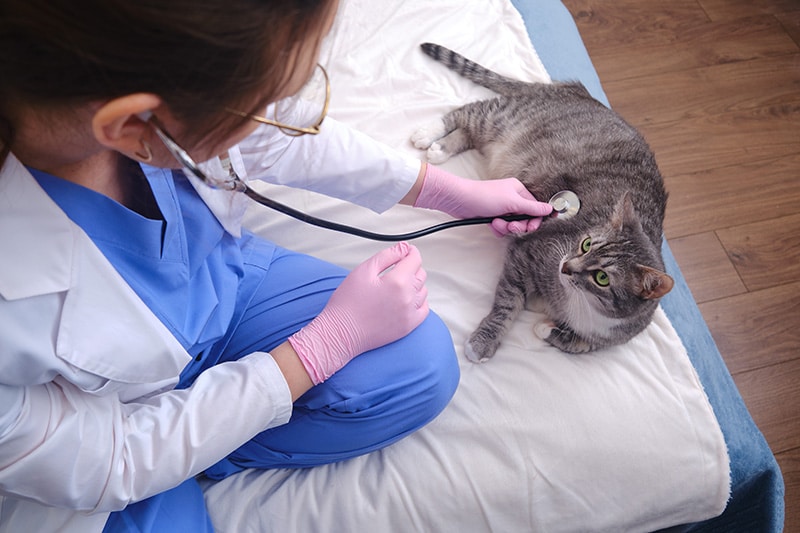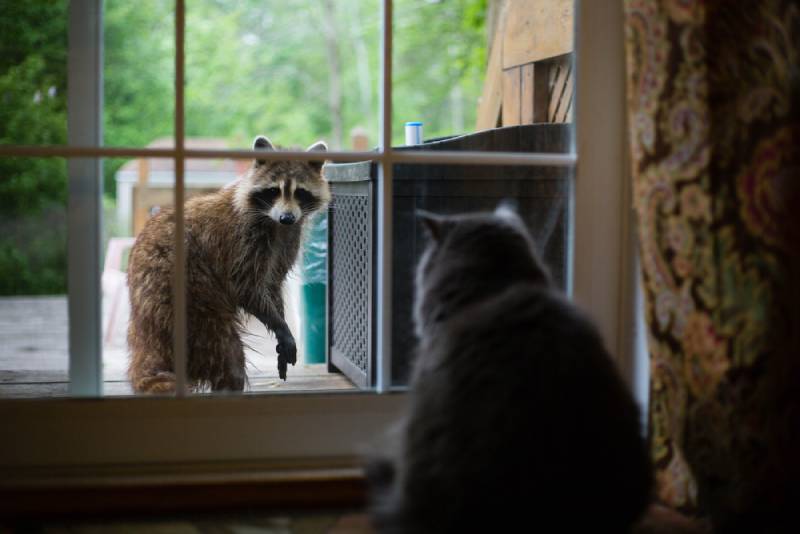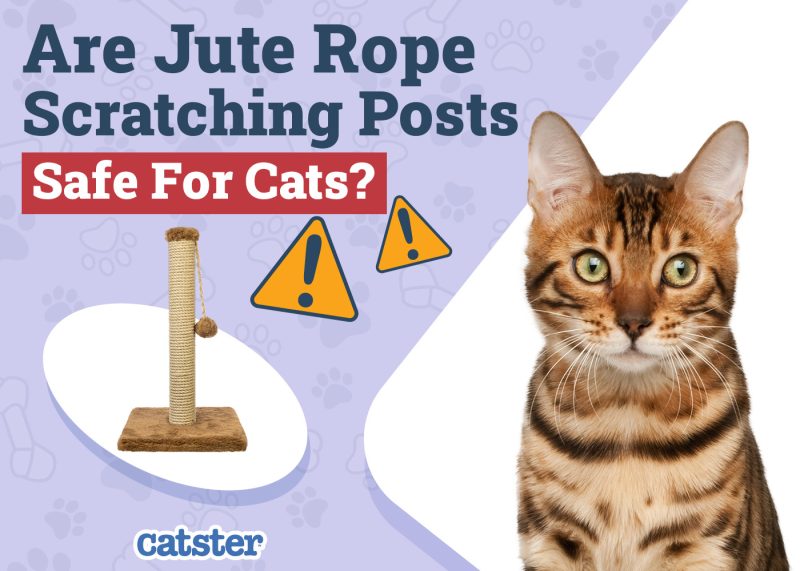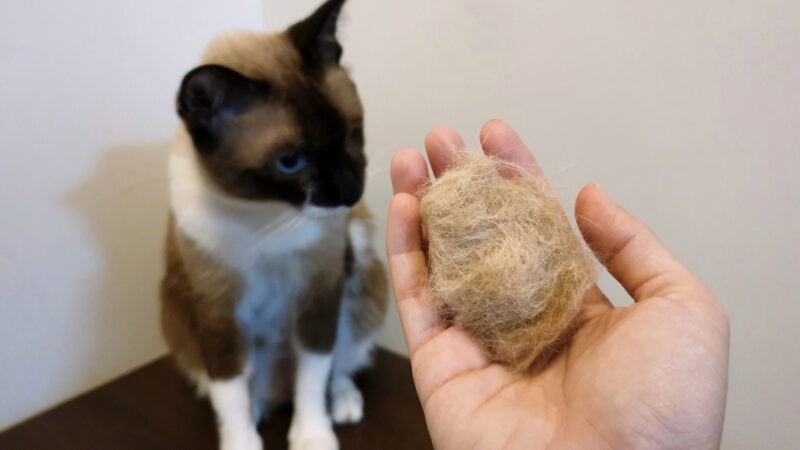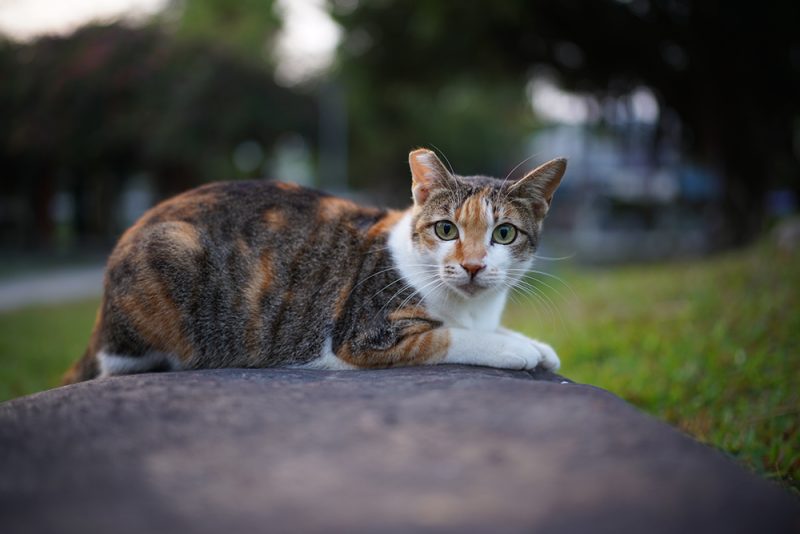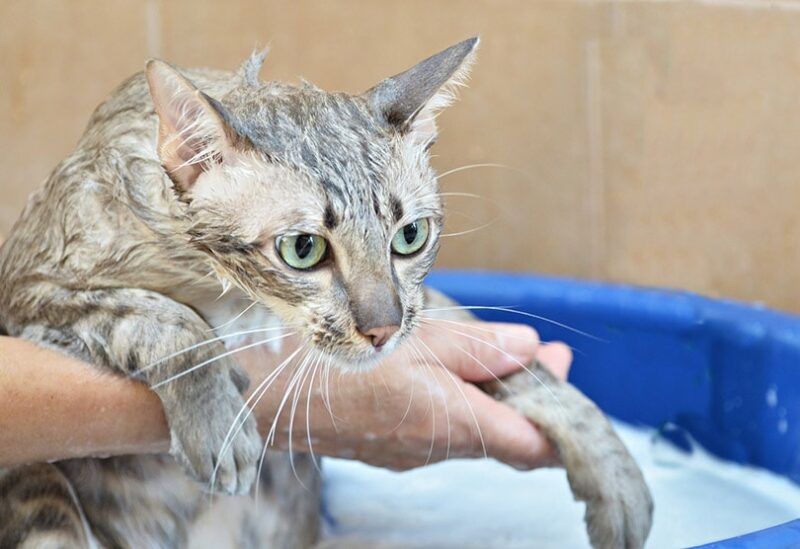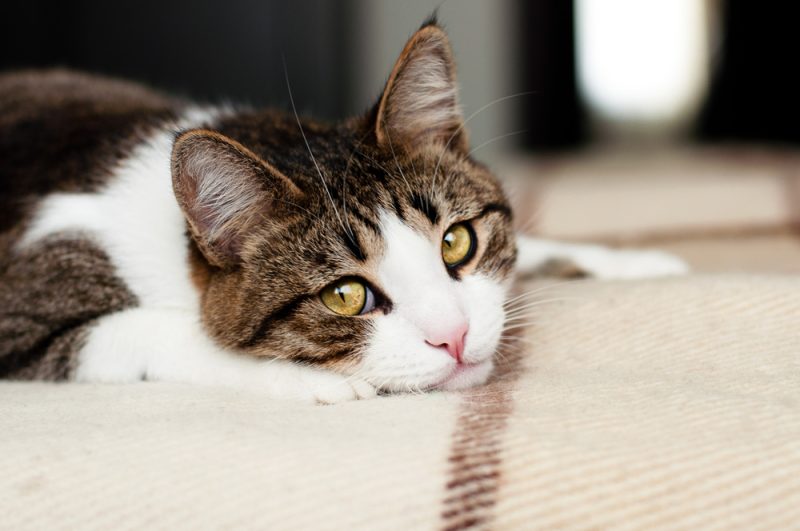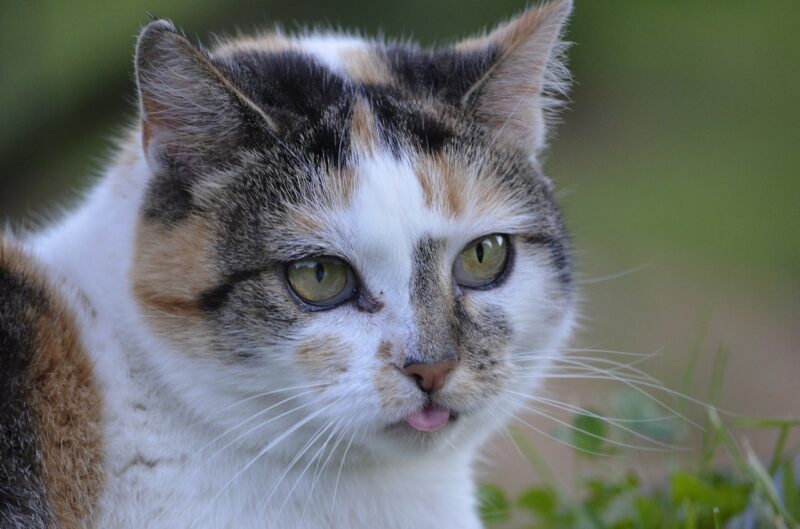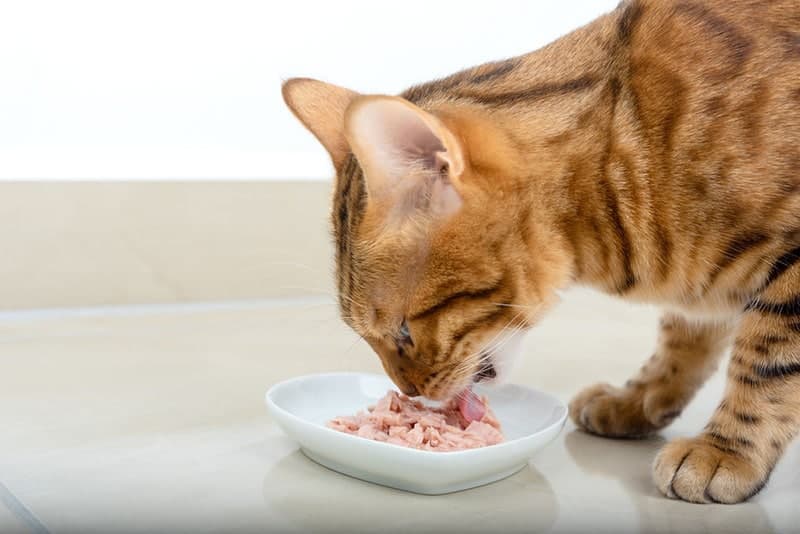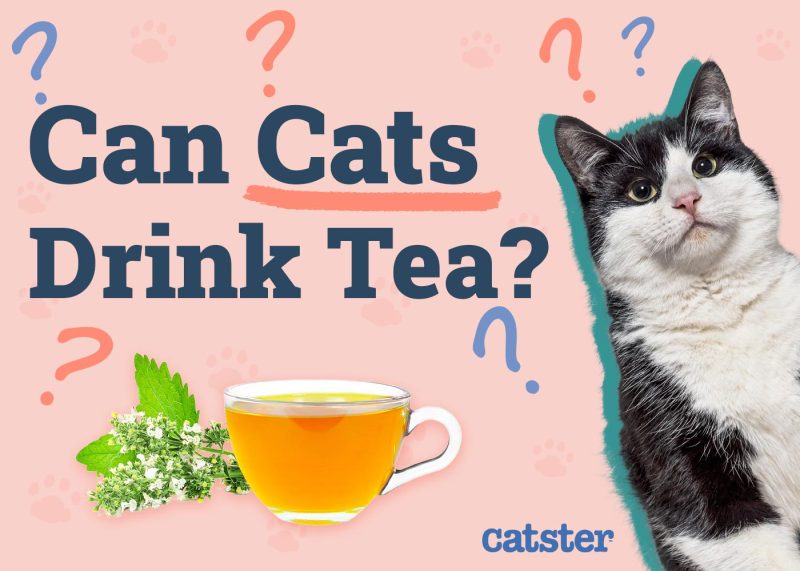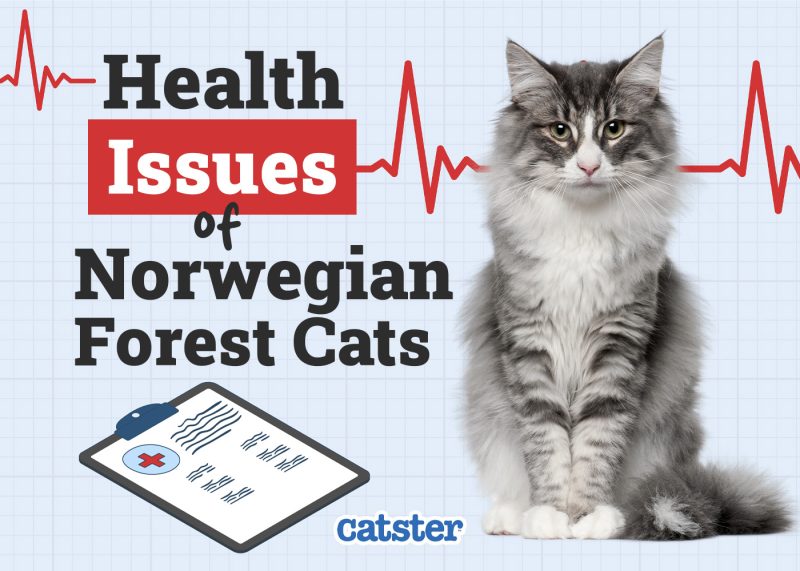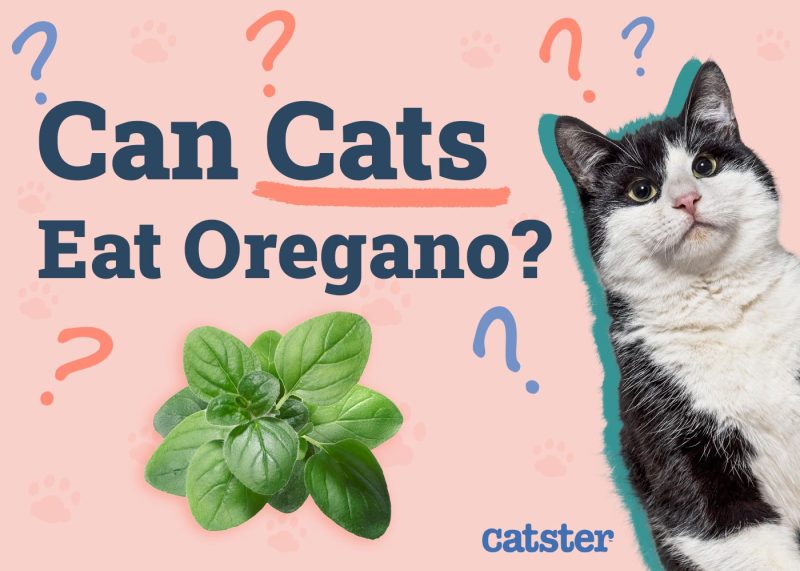In this article
Rhododendrons or azaleas are some of the most popular landscaping plants. It’s easy to see why—they’re gorgeous with their colorful, showy flowers. The genus is large and diverse, with over 1,000 species on four continents1. Of course, there are also numerous cultivars. Pet owners must be careful when choosing plants for their homes and yards, particularly with animals that go outdoors.
Unfortunately, you should scratch rhododendrons off your list because rhododendrons are toxic to cats, dogs, horses, livestock, and even humans. The degree of severity varies with the species. However, it’s certainly not worth the risk of accidental ingestion, no matter how beautiful these shrubs are, as you’ll soon learn.

Description of Rhododendrons
We should perhaps clarify what we mean by “rhododendrons” since you may hear it used interchangeably with the word “azaleas.” Azaleas are part of the rhododendron genus and is the name given to small deciduous shrubs within the genus. Rhododendrons can be either deciduous or evergreen and are larger woody shrubs. Azaleas usually have conical-shaped flowers and rhododendrons have larger, bell-shaped open flowers. Nevertheless, both are toxic to animals, regardless of their name.
We can describe them generically as perennial plants with beautiful flowers that bloom in the spring. While you can enjoy them in your garden, rhododendrons also make an attractive addition to a floral arrangement. You may find related varieties called rosebay or laurel.
Toxicity of Rhododendrons
All parts of rhododendrons are toxic because they contain a type of neurotoxin called grayanotoxins. These chemical compounds allow excessive amounts of sodium to enter nerve and muscle cells, resulting in constant activation of them and preventing them from deactivating. Remember that the heart is composed of specialized muscle cells.
Anything altering the function of the heart muscle and the nervous system means serious trouble. Unfortunately, it doesn’t take a lot to make your cat sick. Ingestion of as little as 0.2% of the cat’s body weight can have dire consequences.
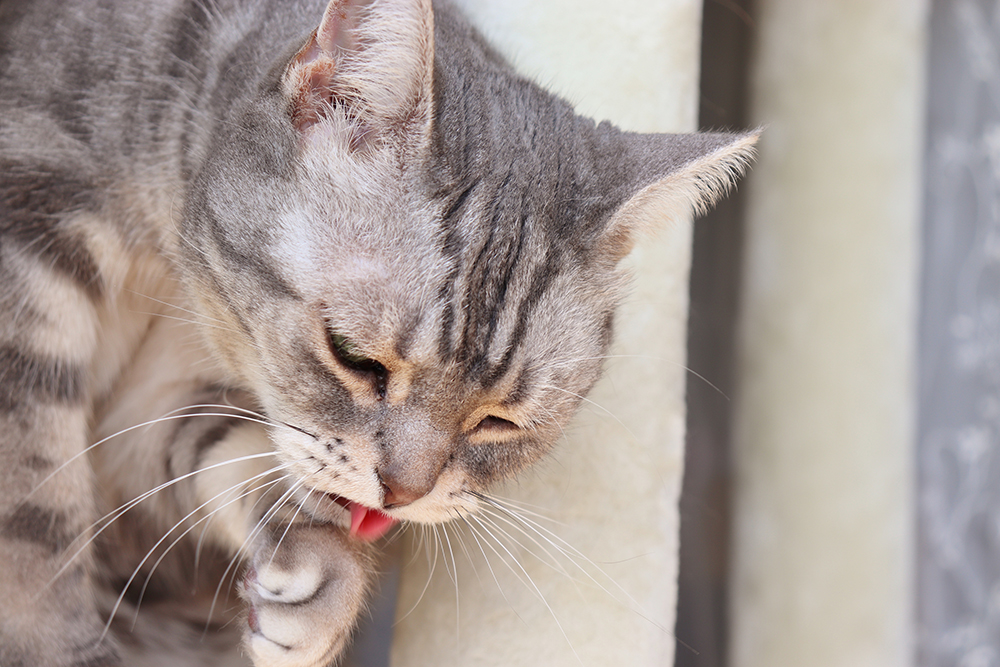
Signs of Poisoning
Unless you’ve seen your cat eat rhododendron leaves, it will be challenging for your vet to diagnose the issue. Many conditions can cause similar symptoms, although a sudden onset of these signs is often a red flag for a poisoning case. It won’t take long for the grayanotoxins to act, usually within 6 hours but ranging from 1 to 12 hours. The symptoms depend on which cells are affected by the toxin. They include:
- Drooling
- GI distress
- Vomiting
- Loss of appetite
- Depression
- Low blood pressure
- Abnormal heart rate or rhythm
- Difficulty breathing
- Muscle tremors
- Convulsions
Your vet will likely begin by performing a complete examination with blood work and perhaps a urinalysis to determine what’s wrong with your cat. Of course, time is of the essence. Treatment involves supportive care based on your pet’s symptoms. Sadly, symptoms can linger for a few days. The prognosis is fair if your cat doesn’t show signs of deteriorating. Surprisingly, pneumonia is one of its complications.
If your cat is showing any of these signs, we recommend speaking with a vet.
If you need to speak with a vet but can't get to one, head over to PangoVet. It's an online service where you can talk to a vet online and get the advice you need for your pet — all at an affordable price!
Risks to People
We mentioned earlier about rhododendrons’ risks to humans. It can cause similar symptoms in people who ingest it, making children vulnerable because of its toxicity. However, another more insidious transmission can occur. When we said the entire plant was poisonous, we meant everything, including the nectar and honey.
The showiness and scent of rhododendron’s flowers attract its primary pollinator: bees. Ingesting concentrated forms of rhododendron can cause what scientists have dubbed “mad honey disease.” Symptoms include dizziness and other signs of intoxication.
Some evidence of folklore use of this laced honey exists. Unfortunately, some people abuse it for its effects. Fortunately, poisoning cases are rare in the United States. It’s worth noting that wildlife can eat rhododendrons without the same consequences as your pets, horses, and livestock would experience. Wildlife just can’t eat a lot of it.
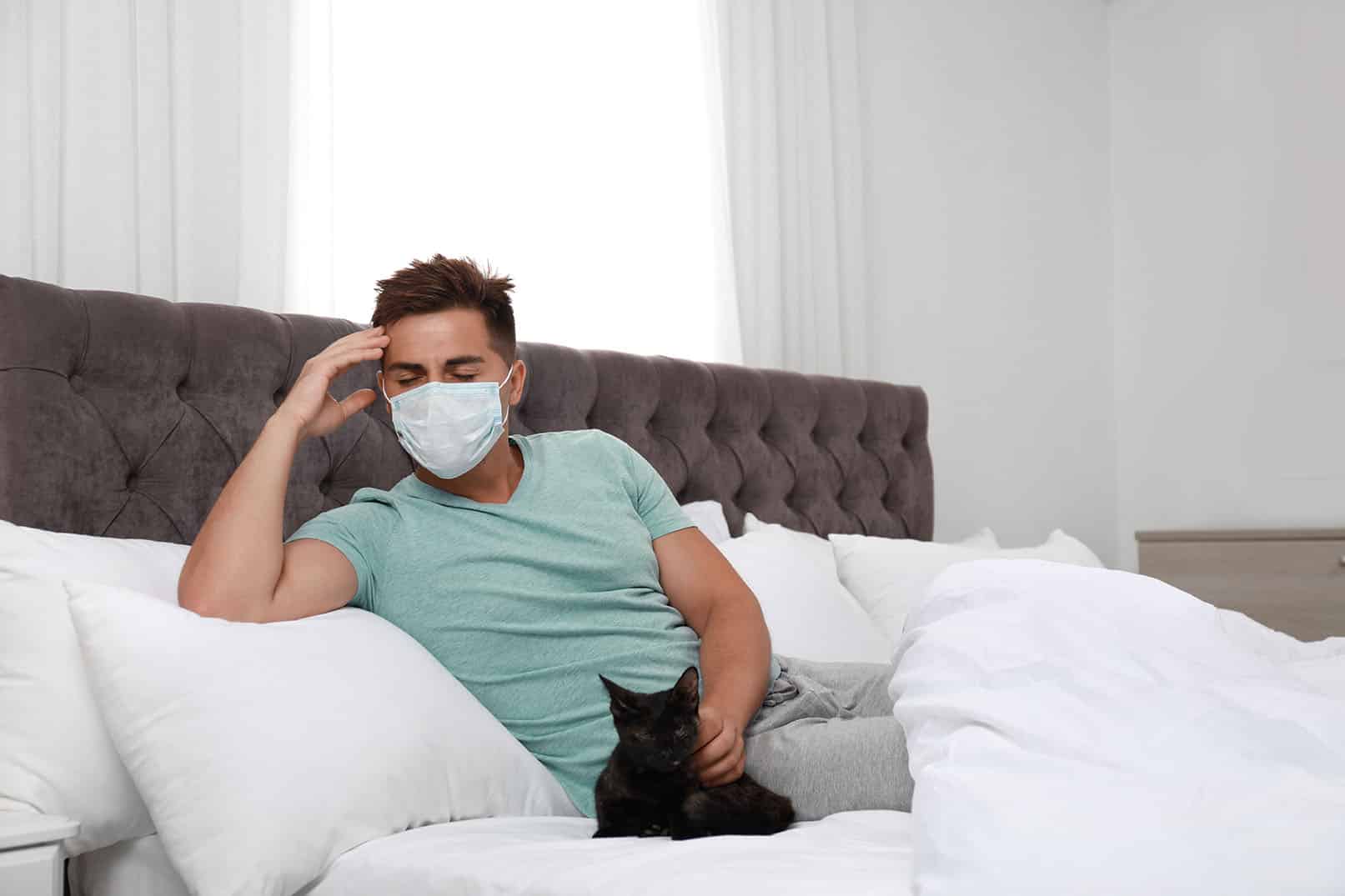

Final Thoughts
Rhododendrons are beautiful plants that add color and drama to any landscaping. Sadly, they are just as toxic as they are attractive. If you have an outdoor or indoor-outdoor cat, we recommend not planting any rhododendrons in your yard. There are many other suitable choices without the risk of harming your pet.
Featured Image Credit: Pxhere
